By Edward J. Ellis
If a patent applicant is not careful in describing and claiming an invention, there can be unintended negative consequences under the recent, more liberal application of Section 112(f) to claim terms that are nothing more than non-structural generic placeholders.
Historically, a patent applicant has been able to describe and claim an invention in terms of the function it performs rather than the structure it contains. This style of drafting is referred to as means-plus-function claim drafting.
According to 35 U.S.C. §112(f), “[a]n element in a claim for a combination may be expressed as a means or step for performing a specified function without the recital of structure, material, or acts in support thereof, and such claim shall be construed to cover the corresponding structure, material, or acts described in the specification and equivalents thereof.” Claim limitations invoking 35 U.S.C. §112(f) are thus referred to as “means-plus-function” limitations.
A three-part test for identifying a means-plus-function limitation is set forth in MPEP §2181(I):
- the claim limitation uses the term “means,” “step,” or other term that is a generic placeholder for performing the claimed function;
- the term “means,” “step,” or other generic placeholder is modified by functional language, often (but not always) linked by a transition word (e.g., “for”) or phrase (e.g., “configured to” or “so that”); and
- the term “means,” “step,” or other generic placeholder is not modified by sufficient structure, material, or acts for performing the claimed function.
When a claim limitation is deemed to invoke means-plus-function, the specification must contain corresponding structure in a way that one skilled in the art will understand what structure (or material or acts) will perform the recited function. In the event that there is no such disclosure of structure for performing the recited function, the claim is rendered indefinite under 35 U.S.C. §112(b). See MPEP §2181(II)(A).
While the presence of the word “means” creates a presumption that Section 112(f) applies, patent applicants need to be keenly aware that Section 112(f) may apply to a claim element even if the word “means” is not used. The USPTO has continued to reiterate the standard for assessing whether functional elements of a claim should be interpreted under Section 112(f). The standard is “whether the words of the claim are understood by persons of ordinary skill in the art to have a sufficiently definite meaning as the name for structure.” When a claim term lacks the word “means,” the presumption is that Section 112(f) does not apply; however, this presumption can be overcome and Section 112(f) will apply if a patent examiner demonstrates that the claim term fails to recite sufficiently definite structure or else recites function without reciting sufficient structure for performing that function. In guidance to patent applicants, the USPTO has provided examples of non-structural generic placeholders that may invoke Section 112(f), namely, “mechanism for,” “module for,” “device for,” “unit for,” “component for,” “element for,” “member for,” “apparatus for,” “machine for,” or “system for.”
The application of Section 112(f) can be more troublesome for software patents since the claims of software patents are often times drafted using functional terms that recite what the software does as opposed to the actual makeup of the software and therefore, special care should be taken in making sure the claims are not indefinite under Section 112(b) based on a deficient specification. The application of Section 112(f) to a claim term in a software patent not only impacts the scope of the claim term but also the construction of the claim term under Section 112(f). Construction of a claim term under Section 112(f) can open the door to a court concluding that the claim is invalid on the basis of being indefinite.
One case that illustrates such unintended consequences in software patent drafting is
Williamson v. Citrix Online, LLC2 . The Federal Circuit’s holding in
Williamson broadened the number of patent claims falling under Section 112(f) and therefore, impacted the scope and validity of many patents. The patent at issue included a claim that recited “a distributed learning control module…” The Federal Circuit affirmed the district court’s holding that the limited “distributed learning control module” was a means-plus-function term. The court reasoned that the claim merely replaces the term “means” with the term “module” as well as reciting three functions that were performed by the “distributed learning control module.” The court further concluded that the claim term “module” is a well-known nonce word that can operate as a substitute for “means” and in
Williamson, the word “module” did not provide any indication of structure because it sets forth the same black box recitation of structure for providing the same specified function as if the term “means” had been used. Moreover, the prefix “distributed learning control” did not impart structure into the term “module,” nor does written description impart any structural significance to the term. As a result, the patent was left open to an invalidity challenge based on the claims being indefinite since there was a lack of written description for this claim term.
In order to protect against such challenge, the specification in a software patent should be carefully drafted to include adequate structural support in the form of an algorithm or other description of the way to perform the software function that is recited in the claim.
Post
Williamson, there has been a significant increase in arguments presented to district courts that claim terms are subject to Section 112(f) despite lacking the usual “means for” language that was historically used. Thus, Section 112(f) has become another weapon in the arsenal used by patent challengers to either assert patent invalidity and/or non-infringement.
In addition, patent examiners have been trained and encouraged to apply Section 112(f) more liberally than in the past especially in instances in which the claim does not use the magic “means for” language but rather recites a non-structural generic placeholder. For example, if a patent applicant chooses to describe an invention as including a “fastening element” that attaches one part to another part, the patent examiner can invoke Section 112(f) since this term can be deemed to be a non-structural generic placeholder. If this type of terminology is used to describe the invention, it is imperative that the specification include corresponding structure(s) for the claimed “fastening element.” For example, the specification can describe that the “fastening element” can be in the form of a screw, nail, rivet, glue, weld, etc. This type of disclosure will ensure that the claim is not rendered indefinite under Section 112(b).
Claim structure and acceptable disclosure standards vary from country to country and therefore, due care should be given to patent applications that are intended to be filed in the U.S. to make sure that for each term that could be construed as being a non-structural generic placeholder, there is sufficient detail in the specification such that one skilled in the art understands what structure (or material or acts) performs the recited function. In the event that the specification fails to provide any details, the claim will be rejected as being indefinite and since a patent applicant cannot introduce new matter to fix the issue by elaborating on what structure was intended, the rejection may very well be fatal.





